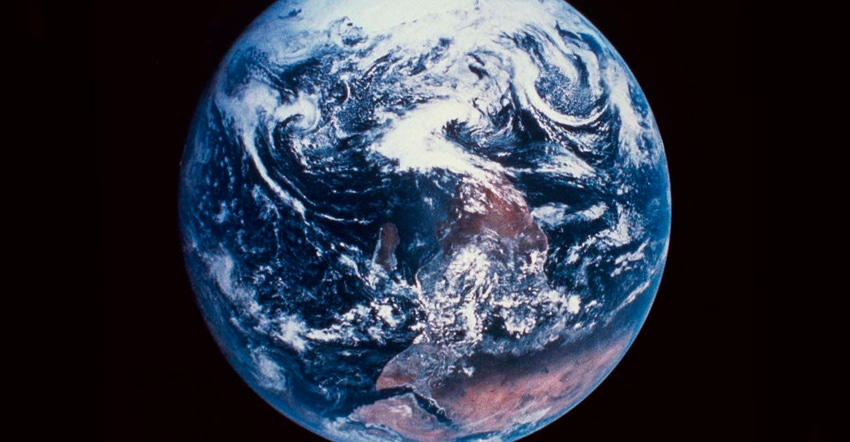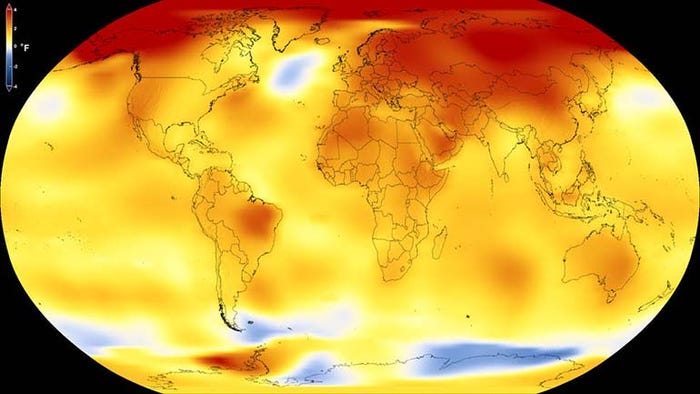
Records are made to be broken, but 2016 will get to keep its crown of hottest year on record – at least for one more year. NASA scientists at the Goddard Institute for Space Studies (GISS) are finished analyzing 2017 weather data and have concluded it is the second-hottest year globally on record, with global temperatures averaging 1.62 °F above the 1951 to 1980 mean.
A separate and independent analysis by NOAA scientists slightly disputed that finding, however, due to minor differences in methodology interpolating data after shifts in weather station locations and measurement practices have occurred. Even so, both agencies agree that each of the five warmest years on record have occurred between 2010 and 2017.
GISS director Gavin Schmidt says current global temperature trends stretch back before 2010, however.
“Despite colder-than-average temperatures in any one part of the world, temperatures over the planet as a whole continue the rapid warming trend we’ve seen over the last 40 years,” he notes.
According to NASA, Earth’s average surface temperature has warmed approximately 2°F over the past century. The agency attributes this change largely to an increase in carbon dioxide and other human-generated emissions into the planet’s atmosphere.

This map compares average global temperatures from 2013 through 2017 as compared to a baseline set of weather data from 1950 to 1981. Shades of blue are cooler than baseline, while shades of yellow, orange and red represent warmer temperatures than baseline.
El Niño and La Niña events can make a global impact on temperatures – enough so that NASA scientists say without those events in play last year, 2017 would have been the hottest year on record, not 2016.
Rising temperatures do not occur evenly across the globe, either. The contiguous United States saw relatively minor temperature changes between 2013 and 2017, for example. Areas further north in the Northern Hemisphere – including Alaska, Canada, northern Europe and Russia – saw much more intensely warmer-than-normal temperatures during that time span. And a few areas, including parts of Antarctica and the Northern Atlantic, were actually cooler than baseline temperatures during the past five years.
For more information about NASA’s methodology for collecting and analyzing this data, click here.
About the Author(s)
You May Also Like






